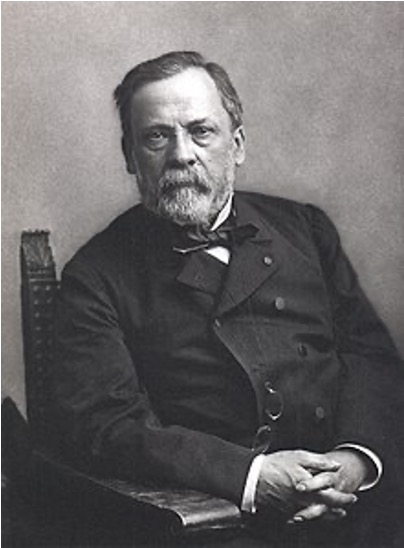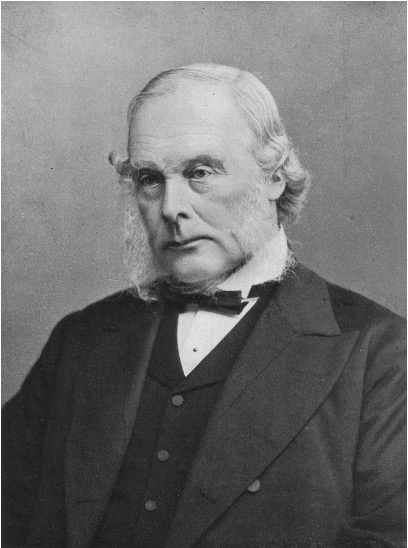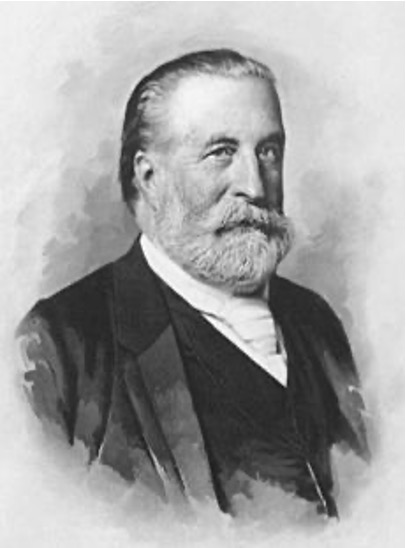Aseptic Technique
By Dr. Alicia Braxton
Definitions
Asepsis: the state of being free from disease-causing micro-organisms, like pathogenic bacteria, viruses, fungi, and parasites
Aseptic technique: the practices used to promote or induce asepsis in an operative field of surgery or medicine to prevent infection
Sterile: free of ALL biological contaminants (e.g. fungi, bacteria, viruses), not just those that can cause disease
Goal: eliminate infection, not to achieve sterility
No method safely eliminates all contaminants without causing significant tissue damage
Historical Developments in Asepsis
Ignaz Semmelweis – Hand Washing
Hungarian physician and scientist
Early pioneer of asepsis
Savior of mothers
Hand washing prior to delivery reduced postpartum infections

Louis Pasteur – Germ Theory
French microbiologist
“Father of Microbiology”
1860s: Provided evidence in support of the germ theory
Germ theory: pathogenic microorganism cause disease
Led to the widespread acceptance of practicing handwashing prior to interacting with patients

Joseph Lister – Surgical Disinfectants
British Surgeon
“Father of Modern Surgery”
Develop practical applications of the germ theory of diseases
Pioneer of antiseptic surgery
Introduced the use of carbolic acid as an antiseptic in surgery
Carbolic acid reduced surgical infections rates
Today carbolic acid (Phenol) is used in Chloraseptic Spray to numb sore throats

Ernst von Bergmann – Sterilization
German surgeon
“Pioneer of Aseptic Surgery”
First physician to introduce heat sterilization of surgical instruments
Introduced the autoclave
Early adopter of the white coat



评论区